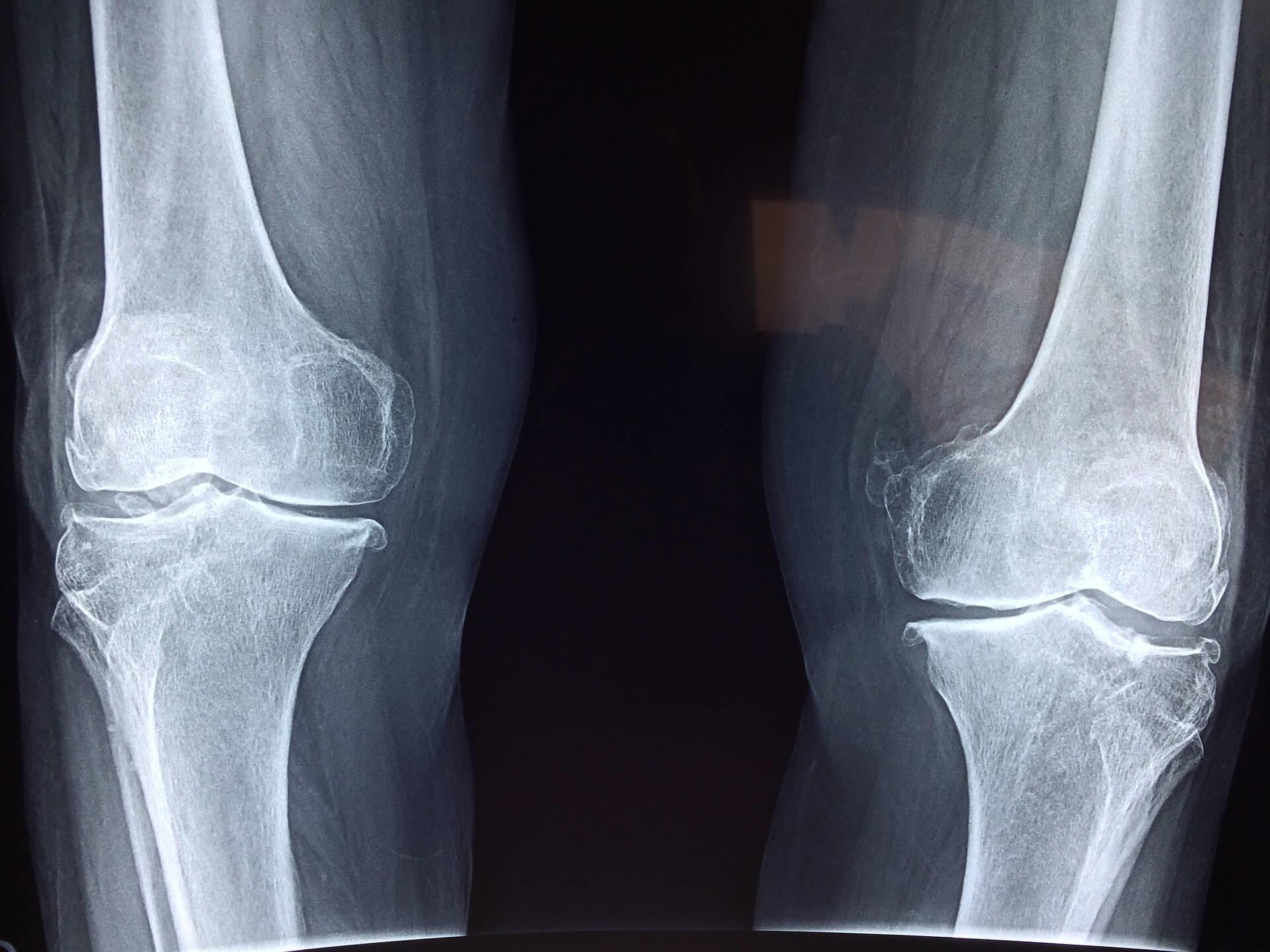A Closer Look at Stem Cell Therapy for Arthritis

Arthritis can be an extremely debilitating condition that may limit daily function in those affected. Rather than it being a single disease, it generally refers to any joint pain or dysfunction. There are many forms of arthritis including infectious, metabolic, inflammatory, and degenerative arthritis. Many diseases fall under these arthritic forms such as Gout, osteoarthritis, psoriatic arthritis, and rheumatoid arthritis. The most common form of arthritis is osteoarthritis, which falls under the degenerative type of the disease. This condition occurs when the cartilage, or cushion, between bones begins to wear away and creates bone on bone contact. This consistent contact is what causes pain and inflammation in the joint and eventually significant stiffness, muscle weakness, and loss of motion.
Common generalized symptoms that are present with most forms of arthritis are pain, swelling, loss of motion and stiffness in the affected joints, which vary in severity. This condition can affect different organ systems in the body over time in many cases. Diagnosing arthritis may be as simple as taking results from routine blood work and X-rays. Once diagnosed, it is beneficial to seek medical care from a specialist such as a rheumatologist for treatment. Treatment will depend on the type of arthritis and may include medications, injections, physical therapy, and surgery. The obvious initial approach to treatment should always be conservative. Once all conservative treatment has been exhausted and a condition becomes severe and begins to affect regular daily activities, is when more invasive approaches maybe necessary.

What are Stem Cells?
One relatively new approach that is currently being studied is stem cell therapy. Although this form of treatment has been studied over time, the FDA has not yet approved it. Stem cells are located throughout the entire human body, but yet do not serve a specific function, as do other cells. They are capable, though, of developing into other cells that serve the body with what it needs. For example, in the case of osteoarthritis, if the stem cell is placed into the area that is lacking sufficient cartilage, it will develop into cells that can regenerate cartilage as needed. Cartilage itself has poor regenerative properties, meaning it is limited in repairing itself. This is due to the little blood supply and nerves available around the cartilage. Since the deterioration of cartilage is what creates osteoarthritis with its debilitating symptoms, stem cell research has made this condition its focus for treatment capability.
Stem Cell Therapy Procedure
There are many forms of stem cells, but the most common form used for the treatment of arthritis is mesenchymal stem cells. These cells are harvested from a person’s fat tissue, blood, or bone marrow. Compared to taking substance from a donor, this method is beneficial since there is very little risk of negative reactions, infection, or complications. Side effects of stem cell implantation are localized swelling and minor pain, as well as minimal risk of infection, as with any other medical procedure. The risk of infection is increased if a different type of stem cell is used, other than mesenchymal cells or if the cells were taken from the patient and grown in a lab over time before using them for treatment. Education by medical professionals on the side effects and risks with stem cell therapy should be a priority, especially regarding the fact that it is not yet FDA approved for treatment of arthritis.

Stem cells may be placed in the body during a surgery or injected directly into the tissue using ultrasound technology. The research has shown that once injected, the stem cells begin to regenerate the damaged tissue through mechanisms involving the development of chondrocytes and proteins that are in charge of building tissue. Over time, participants in these studies have resulted in lower pain levels and a higher level of function. Due to the uncertainty of the process of tissue repair and the extent of the side effects that have been reported, the FDA continues to tighten the regulations on the use of this form of therapy.
Is It Worth It?
As the scant research has shown, stem cell implantation may offer improved pain levels, but the treatment may not be for everyone. The cost of each injection runs anywhere from $2000 to $10,000. Since insurance does not cover this procedure, providers offering this treatment can charge however much they would like. It is unknown exactly how stem cells relieve pain and the relief in most cases seems to be temporary, so many consumers are going back for second and third injections. The thought of the stem cells’ ability to regenerate cartilage is promising for long term outcomes and avoidance of surgery, but the research is still in the works.

Although the response of many has been positive, it is important to speak with a medical professional regarding the risks and details of the procedure. Stem cell therapy, as with any other new invasive treatment technique, should only be utilized once all other treatment approaches have been exhausted. If you are considering stem cell therapy, it is important to receive the treatment by a doctor who is currently part of an FDA- approved clinical trial.
Sources
Latest Articles
 Is Running on a Treadmill Easier Than Running Outside?Runners have their own preferences, whether it is treadmill running, running outside on the road, or exploring trails. So...
Is Running on a Treadmill Easier Than Running Outside?Runners have their own preferences, whether it is treadmill running, running outside on the road, or exploring trails. So... Is It OK to Use Trail Running Shoes on the Road?While trail running shoes can be used on roads, especially in situations where a runner encounters mixed terrains or pref...
Is It OK to Use Trail Running Shoes on the Road?While trail running shoes can be used on roads, especially in situations where a runner encounters mixed terrains or pref... How to Fix Sore Quads After Running?Rest, ice, gentle stretching, and over-the-counter pain relievers can help soothe sore quads after running. Also, ensure ...
How to Fix Sore Quads After Running?Rest, ice, gentle stretching, and over-the-counter pain relievers can help soothe sore quads after running. Also, ensure ... 10 Fruits With The Most Electrolytes to Replace Sports DrinksThese fruits are high in electrolytes such as potassium, magnesium, and calcium, essential for hydration, muscle function...
10 Fruits With The Most Electrolytes to Replace Sports DrinksThese fruits are high in electrolytes such as potassium, magnesium, and calcium, essential for hydration, muscle function...

